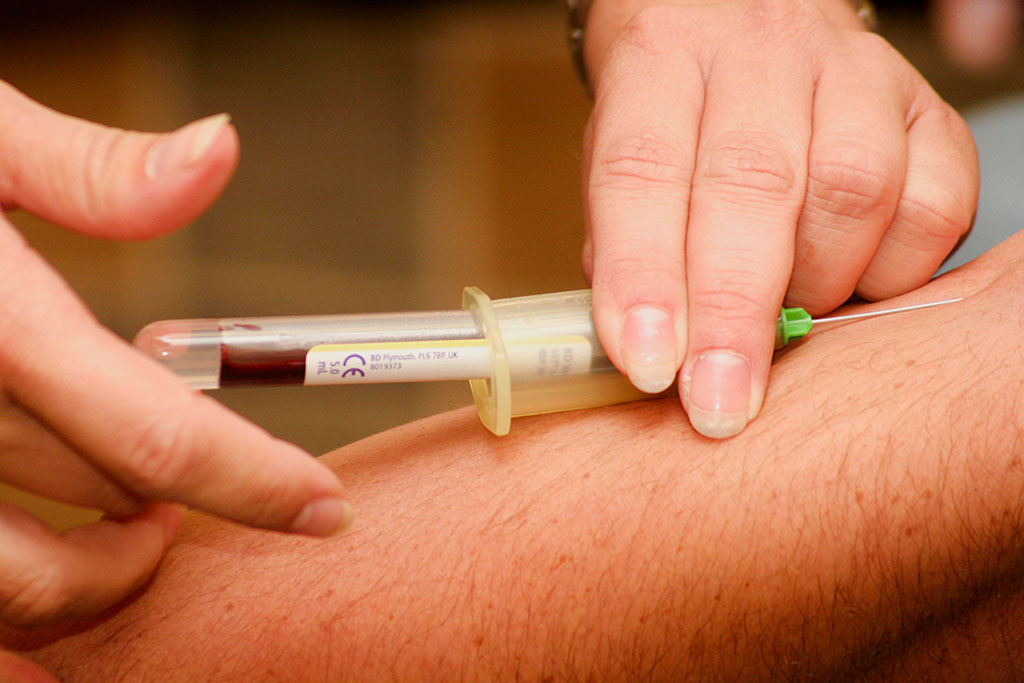Simple Blood Test Quickly and Accurately Detects Ovarian Cancer
Posted on 12 Sep 2022
Ovarian cancer is most often found in people of middle-age or older. Currently, there is no routine ovarian cancer screening method available for people who do not have symptoms or a known lesion. If a person has a suspicious lesion, surgery is necessary to diagnose ovarian cancer. Because ovarian cancer is most often diagnosed in later stages, it’s important to act swiftly if symptoms persist or a growth is detected. Now, a non-invasive test that predicts malignancy beforehand could enable people with the highest risk to have surgery done by an oncology specialist with greater experience and surgical volume for these types of cases.
Researchers at the University of Rochester Medical Center (Rochester, NY, USA) have developed a new type of technology that can capture stray ovarian cancer cells from a simple blood test and successfully predict cancer in people who have a lesion or cyst in the pelvic region. The new technology, called a “liquid biopsy,” advances the field in a couple of important ways, according to a study by the researchers. It confirmed for physicians quickly and accurately that cancer was present in patients who were scheduled for surgery or other procedures. The detection enabled physicians to classify which patients needed immediate care from a specially trained gynecological oncologist to improve survival.

The study analyzed gene expression from captured cells in blood and evaluated 72 different gene transcripts and seven blood biomarkers related to ovarian cancer (including CA125). From this collection, the study identified nine gene transcripts and four biomarkers that were useful for detecting cancers. They were used to develop an algorithm known as MAGIC (Malignancy Assessment using Gene Identification in Captured Cells). The algorithm achieved a sensitivity of 95% and an accuracy of 83% for detecting ovarian cancer.
In the clinical trial, MAGIC also was able to detect ovarian cancer in early and late stages. Early-stage detection is critical for survival and difficult to achieve. And, the test picked up other types of cancer that had spread to the pelvic region or originated there. Being able to find circulating tumor cells is the key, according to the researchers. These are rare, living cells that break off from the original tumor. They have an estimated ratio in the blood of one in 100 million to one in one billion. The technology captures the rare cells and allows for genetic analysis in a single tool within a couple of hours.
“This is an important step forward for the detection of ovarian cancer in patients with a pelvic mass,” said Richard Moore, M.D., director of the Wilmot Cancer Institute’s Gynecologic Oncology program at the University of Rochester Medical Center, who led the study. “The fact that we can capture circulating tumor cells and analyze them from a simple blood draw is extremely exciting.”
Related Links:
University of Rochester Medical Center














